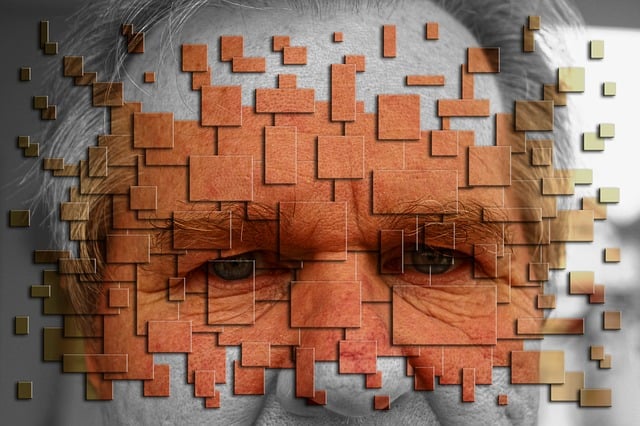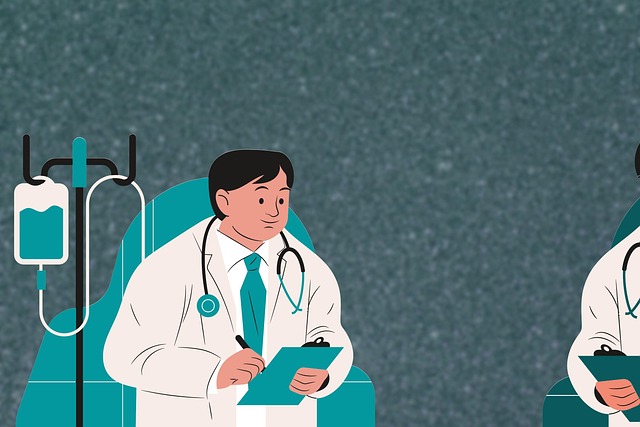Long-term chiropractic rehabilitation after car wrecks focuses on holistic care to manage and prevent spine-related injuries like whiplash. Chiropractors use manual adjustments, therapy, education, exercises, and lifestyle modifications to improve alignment, reduce pain, enhance mobility, and empower patients with tools for sustainable recovery and wellness.
“Experiencing a spinal injury in a car accident can lead to chronic pain and reduced mobility if not properly managed. This article delves into the crucial aspect of long-term chiropractic rehabilitation for individuals post-car wrecks. We explore the continuous improvement potential through chiropractic care, focusing on key components that contribute to healing. Additionally, we provide effective strategies to manage and prevent future injuries, emphasizing the importance of proactive spinal rehab.”
- Understanding Long-Term Spinal Rehab Needs After Car Accidents
- Chiropractic Care: Key Components for Continuous Improvement
- Effective Strategies to Manage and Prevent Future Injuries
Understanding Long-Term Spinal Rehab Needs After Car Accidents

After a car accident, understanding the long-term spinal rehab needs is crucial for effective ongoing injury care. Many individuals suffering from whiplash or other spine-related injuries often require more than just initial treatment. Chiropractic rehabilitation plays a vital role in managing and alleviating symptoms over an extended period. The impact of a car wreck can lead to complex spinal issues that may not be immediately apparent, making long-term chiropractic care essential.
Chiropractors specialize in assessing and addressing these subtle yet significant adjustments to the spine. Regular sessions focusing on manipulation, therapy, and patient education ensure that recovery progresses smoothly. This holistic approach aims to restore proper alignment, improve mobility, and reduce pain, enabling patients to regain control of their daily lives. Specifically, long-term chiropractic rehabilitation after car wrecks can help prevent chronic conditions and promote better overall health.
Chiropractic Care: Key Components for Continuous Improvement

Chiropractic care plays a pivotal role in long-term chiropractic rehabilitation after car wrecks, focusing on continuous improvement and recovery. This holistic approach prioritizes the restoration of spinal function and overall well-being. Chiropractors employ various techniques, including manual adjustments, to alleviate pain and improve mobility. Beyond treatment, patients are often guided on at-home care plans, exercises, and lifestyle modifications to expedite healing and prevent future injuries.
The key components of chiropractic rehabilitation involve regular check-ups, personalized treatment plans, and patient education. Regular visits ensure ongoing assessments and adjustments to the treatment strategy, addressing any new developments or setbacks. Personalized plans cater to individual needs and goals, promoting sustainable recovery. Patient education equips individuals with knowledge about their condition, empowering them to actively participate in their care and make informed decisions for long-term wellness.
Effective Strategies to Manage and Prevent Future Injuries

Effective strategies for managing and preventing future injuries play a crucial role in long-term chiropractic rehabilitation, especially following car wrecks. Beyond addressing immediate pain and damage, focusing on proactive measures helps patients regain independence and reduce the risk of recurring issues. One key strategy involves tailored exercise routines designed to strengthen muscles and improve flexibility, enhancing overall spinal stability. Regular sessions with a chiropractor can include specialized stretching techniques, strength training exercises, and functional movement drills that target problem areas.
Additionally, adopting healthy lifestyle habits is essential. Maintaining good posture during daily activities, prioritizing regular sleep patterns, and engaging in stress management techniques contribute to the body’s natural healing process. Incorporating these practices into routines post-car wreck not only supports recovery but also serves as a foundation for preventing future injuries. Long-term chiropractic rehabilitation thus becomes a holistic approach to wellness, empowering individuals with knowledge and tools to nurture their spines and avoid chronic pain cycles.
Long-term spinal rehab is a vital component of caring for ongoing injuries sustained in car accidents. By combining chiropractic care with effective management strategies, individuals can achieve continuous improvement and significantly reduce the risk of future injuries. While every journey is unique, adopting a proactive approach to rehabilitation ensures a better quality of life post-accident. Remember, seeking professional guidance is essential for navigating this process successfully.














